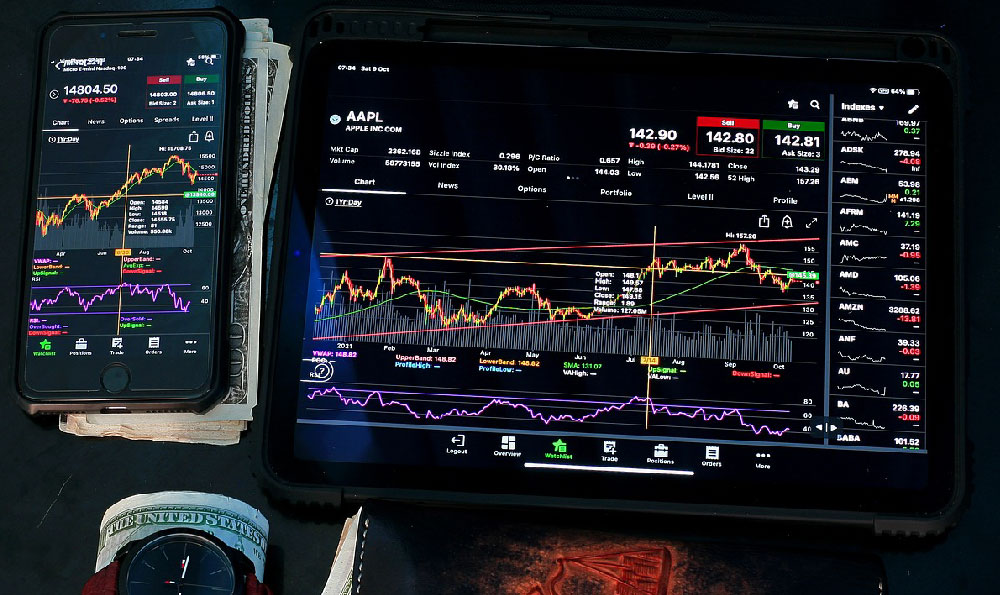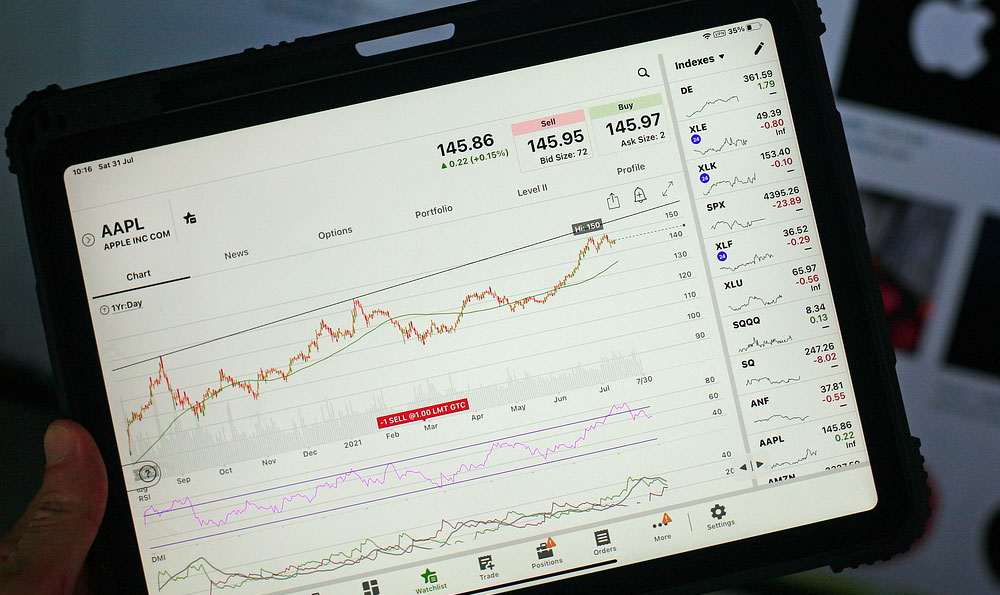Does Twitter Profit? How Does Twitter Generate Revenue?
Let's delve into the financial workings of Twitter, examining its profitability and exploring the various revenue streams that contribute to its financial performance. Understanding these aspects is crucial for anyone considering investing in social media platforms or simply wanting to grasp the economic engines driving the digital world.
Twitter, now rebranded as X, has historically struggled with consistent profitability despite its massive user base and global influence. While it has experienced periods of profitability, sustained and substantial earnings have remained elusive. Several factors contribute to this complex financial picture. One primary challenge lies in the intensely competitive landscape of social media. Twitter contends with giants like Meta (Facebook, Instagram), TikTok, and numerous other platforms vying for user attention and advertising dollars. This competition puts downward pressure on advertising rates and necessitates significant investments in innovation and marketing to maintain user engagement.
However, to understand if Twitter profits, we first need to look at how it generates revenue in the first place. The cornerstone of Twitter's revenue generation is advertising. Brands and businesses leverage Twitter's platform to reach a vast and engaged audience through a variety of ad formats. These include promoted tweets, which appear seamlessly within users' timelines; promoted accounts, designed to increase follower count and brand visibility; and promoted trends, which place brands or topics at the top of the trending topics list. These ad formats allow advertisers to target specific demographics, interests, and locations, making Twitter an attractive platform for reaching niche audiences. The effectiveness of Twitter's advertising platform is also heavily reliant on the quality of user data and the precision of its targeting algorithms. Improving these aspects can lead to higher click-through rates and conversion rates for advertisers, consequently increasing Twitter's revenue.

Beyond traditional advertising, Twitter has also explored other revenue streams, including data licensing. The platform's vast repository of real-time data on user opinions, trends, and events is highly valuable to businesses and researchers seeking insights into market trends, consumer sentiment, and emerging issues. Twitter licenses access to this data stream, providing a valuable service while generating a recurring revenue source. Data licensing provides valuable insights into consumer behavior, brand perception, and market trends. It's a win-win: providing organizations with valuable data and contributing to Twitter's financial health.
Furthermore, Twitter has experimented with various subscription models to diversify its revenue streams. Twitter Blue, for example, offered users enhanced features and functionalities in exchange for a monthly fee. This subscription service aimed to provide a premium experience for power users and contribute to recurring revenue. The feature set included edit tweet functionality, bookmark folders, custom app icons, themes, and early access to select features. The appeal of these premium features, and willingness of users to pay for them, plays a crucial role in the success of this revenue model. The rebranding to X Premium and changes to the features offered under Elon Musk may significantly change the viability of this revenue stream.
Analyzing Twitter's profitability requires a careful examination of its revenue growth, operating expenses, and investment strategies. While advertising revenue remains its primary source of income, the company has made efforts to diversify its revenue streams through data licensing and subscription services. However, the success of these initiatives depends on factors such as user adoption, market demand, and competitive pressures.
A key factor influencing Twitter's profitability is its ability to control operating expenses. Maintaining a global infrastructure, investing in research and development, and managing content moderation all contribute to significant operational costs. Efficiently managing these expenses is crucial for improving profitability. Staff costs are also an important consideration, as highly skilled engineers and developers are essential for maintaining and improving the platform. Finding the right balance between investment in talent and expense management is vital for long-term sustainability.
Looking ahead, Twitter's profitability will likely depend on several factors. Firstly, continued growth in user engagement and daily active users is essential for attracting advertisers and driving revenue. Secondly, innovation in ad formats and targeting capabilities will be crucial for maintaining competitiveness in the advertising market. Thirdly, the success of subscription models and other alternative revenue streams will play a significant role in diversifying the company's income. The recent acquisition by Elon Musk and the subsequent changes to the platform's policies and features introduce a new layer of uncertainty and potential opportunity. Whether these changes will lead to increased profitability remains to be seen. His focus on cost-cutting and revenue diversification may prove fruitful, or could alienate users and advertisers, thus damaging the platform's financial prospects.
It's worth noting that profitability is not the only measure of a company's success. Twitter's impact on global communication, social discourse, and information dissemination is undeniable. The platform has played a crucial role in shaping public opinion, facilitating social movements, and enabling real-time news coverage. While profitability is essential for long-term sustainability, it's important to recognize Twitter's broader societal impact and its unique position in the digital landscape.
Furthermore, potential investors need to analyze factors beyond revenue. User base growth is critical; stagnant or declining user numbers will deter advertisers. Average Revenue Per User (ARPU) provides insights into monetization effectiveness; higher ARPU signals better ad targeting and user engagement. Cost of Revenue indicates the expenses associated with delivering Twitter's services; lower costs translate to higher profitability. Sales and Marketing expenses reveal investments in attracting advertisers and promoting Twitter; effective marketing strategies contribute to revenue growth. Research and Development expenses reflect investments in innovation and product development; sustained innovation is essential for staying competitive. And ultimately, Net Income shows the actual profit or loss after all expenses are paid. Analyzing these factors provides a comprehensive understanding of Twitter's financial performance and potential investment value.
In conclusion, while Twitter's path to consistent profitability has been challenging, the company possesses significant assets, including a massive user base, a valuable data stream, and a unique position in the social media landscape. The ability to capitalize on these assets through innovative advertising solutions, diversified revenue streams, and efficient expense management will determine its long-term financial success. The future of Twitter's profitability remains uncertain, but its impact on the world is undeniable. Potential investors should carefully consider the company's financial performance, competitive landscape, and strategic direction before making any investment decisions.















